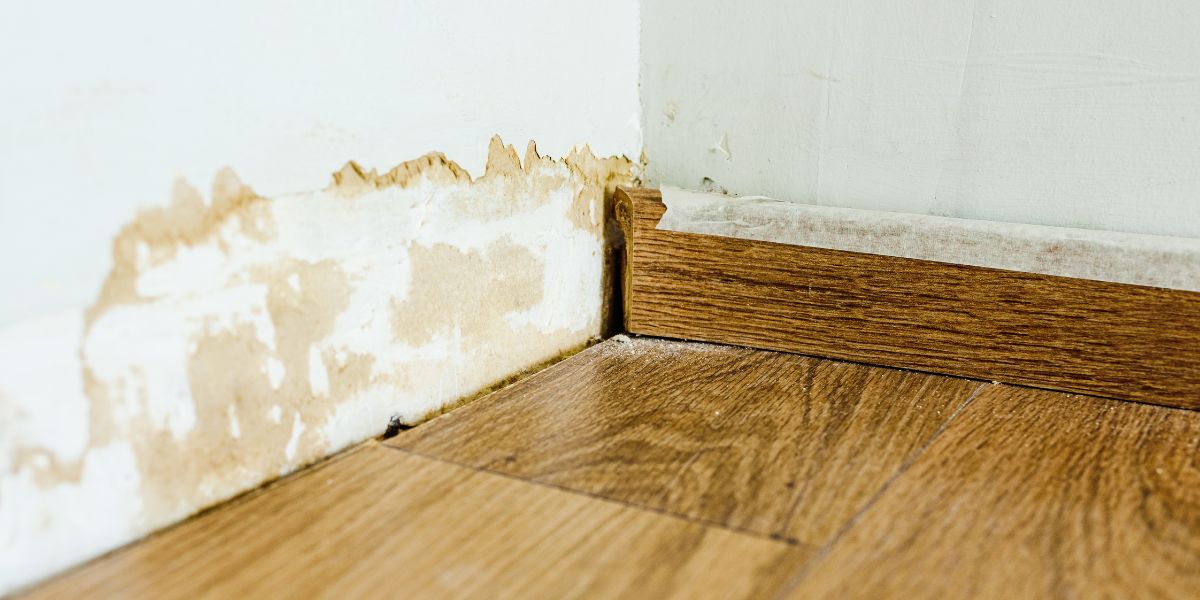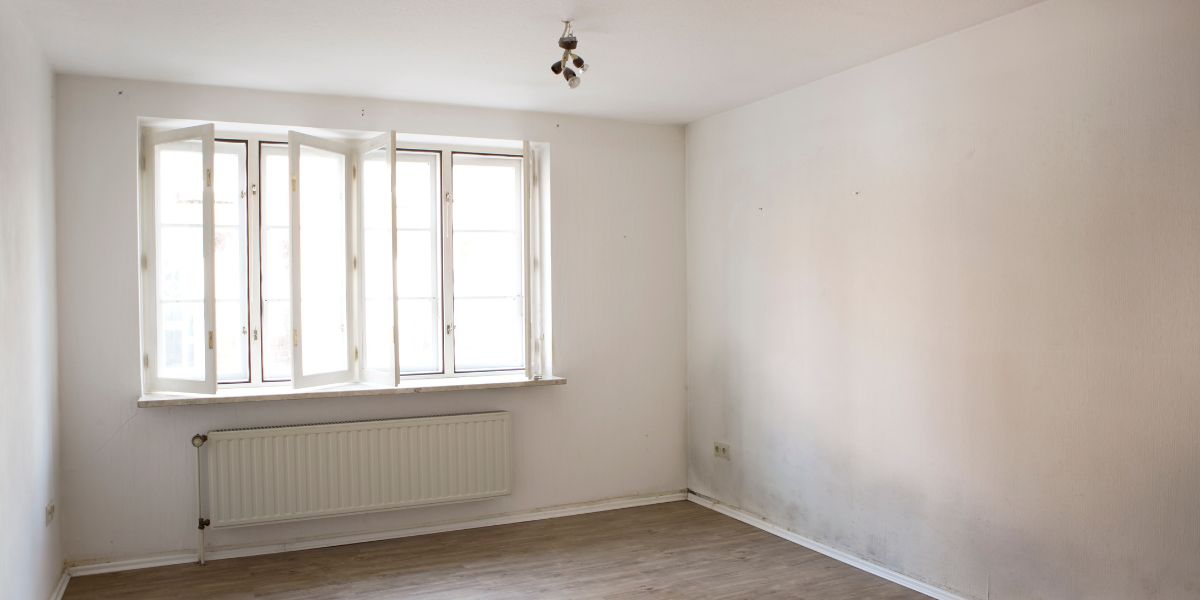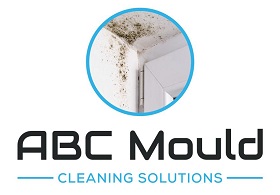If you’re also tired of seeing mould invading on your walls, ceilings, windowsills, carpets, and furniture, then read on!
You might be surprised that there are many logical reasons why is mould invading Sydney homes as well as ways to prevent it from coming back again in future.
Imagine waking up every morning in your own home and finding it covered with mould. It’s no longer a minor nuisance. It’s now an all-day battle against the mould invading in your home.
With mould invading, there is no light form of attack. In addition to the constant stench and visual damage, it may also pose a health risk.
Homeowners across Sydney are now struggling to keep their homes free from mould because of some reasons.
Even the most well-maintained properties can succumb to this airborne fungus if they remain damp for long enough.
Is Mould Common in Sydney?
As a result of its location in a temperate climatic zone, Sydney has mild to hot winters and no distinct dry season. There are many myths associated with why there is a rise in the presence of mould in Sydney.
Some experts say that it’s due to the weather conditions while others claim that it’s a result of poor building maintenance.
Despite all these speculations, there is no one reason why mould is prevalent in Sydney. The reason why there is a rise in the presence of mould in Sydney is due to some factors that we will discuss below.
10 Reasons Why is Mould Invading Sydney Homes
1. Your Home is Too Damp
Mould invading is often found in areas where there is high moisture or dampness. This can be caused by a range of factors such as water leaks, condensation, air conditioning issues, heating ducts that are not properly insulated and inadequate ventilation.
Dampness and high moisture levels are the perfect environments for mould to thrive. Plus, mould loves dark environments and it can thrive in places where there is little or no light.
The easiest way to check if your home is too damp is to check the condensation marks on your windows. If there are patches of grey or black coating on the windows then you have a sign that your house is too damp.
This is caused by condensation – when water vapour gets trapped in the air conditioning system or ducts and turns into droplets of water. If you don’t have a dehumidifier, the only way to get rid of it is to turn the AC off. Call our experts for mould removal to keep your home free from any types of mould in Syndey!
2. You Have a Leaking Pipes
If you have a leaking pipe, it may lead to mould growth. A common reason why we see mould growing in our houses is due to this reason.
If you have a leaking pipe in your house or apartment, it is recommended to have it fixed right away. Fixing this kind of problem will prevent mould from growing in your house.
Mould invading can make your home ruined and may also cause health problems to some too. It is recommended to fix leaking pipes as soon as possible to prevent mould from growing in your house.
3. You Are Not Ventilating Well
It is important to regularly clean and vacuums your carpets and rugs because they can trap airborne allergens and dust.
But, you should also make sure that you are ventilating your home properly. Ventilating means that the air inside your home should be equal to the amount of air outside your home.
Excess moisture levels block air ducts and air leaks can cause your home to become too humid. If this happens, you might experience problems with mould growth, condensation, poor air quality and poor energy efficiency.
It is best to maintain an environment that is well-ventilated, which prevents the growth of mould. A well-ventilated home can help to prevent the growth of mould, as well as other common allergens like pollen, dust, and dander.
4. There Is Something Wrong with the Air Conditioning System
If you don’t regularly clean the coils in your air conditioner, then you might end up with an air conditioner that produces mould spores.
The AC filter in your home should be cleaned at least once every six months and more often if you notice a lot of dust or pollen in your air.
If you’re not sure how to clean your air conditioner coils, you should follow the manufacturer’s instructions. There are also many air conditioner filter replacement services that can come to your home and clean your air conditioner coils for you.
5. You Are Hosting Some Kind Of Fungus
Some kinds of mould invading are actually helpful organisms. They are known as ‘indoor fungi’ and they play a critical role in storing excess carbon dioxide, regulating the moisture levels in your home and improving the air quality inside your home.
However, there are also some mould species that are known to be harmful to humans. These are known as ‘outdoor fungi’ and they can cause health problems if they grow inside your home.
If you notice black mould growing on your walls, ceilings, windowsills and even carpets and furniture then you should contact mould removal experts. The mould has probably grown in an area where there is a lot of moisture and a warm temperature.
It is important to get rid of black mould as soon as possible because it can cause damage to your home that might be hard to repair. Black mould also produces strong odours that will make your home smell bad. Call ABC Mould Cleaning to get rid of your mould and odour problem!
6. Your House Temperature
Mould is a fungus that can grow on almost any surface. It can affect your home in many ways, such as by changing the temperature of your house or causing allergies.
When the temperature in your home is too high, mould can start to grow on the walls, floors, ceilings, and other places where it can be seen. If the temperature in your house is too low, mould can start to grow on the walls and other places where it can’t be seen.
Mould can grow on almost any surface and can be found in many places in your home. It is best to keep an eye out for mould as it can grow quickly, and it is best to take action as soon as you notice it.
7. You Have a Leaking Roofs
Moist air and water combined together are a perfect environment for mould to grow. The same thing happens when you have a leaking roof.
When water is leaking into your attic, it creates a perfect environment for mould to grow. Roof leaks can also cause mould to grow in your house.
Mould can make you sick if you have a weak immune system, make your home less comfortable, and even damage your belongings.
A leaking roof can also cause condensation to form on the windows. The moisture from the leaking roof can also attract insects, such as termites.
This is a dangerous situation, especially if you have kids in your house. Kids are very sensitive to mould. The best course of action is to prevent water from leaking into your house in the first place. This means maintaining a proper roofing system and keeping your property maintained.
8. There are Mould Spores
If you notice black spots on your ceiling, walls, or flooring, there’s a chance that mould has grown there. Mould spores can be found in dirt, so you can get them in your house by letting in dirt from the outside.
You can also get mould spores in your house by letting people bring in items that could provide a source of mould.
For example, if someone brings in a bag of dirt, it could provide a source of mould spores. If you notice black spots on your ceiling, walls, or flooring, there’s a chance that mould has grown there.
Mould spores are like seeds that can be found in the air or on surfaces. After a few weeks or months, these spores can attach themselves to damp surfaces and form a new colony of fungi. Mould spores are able to survive in any environment where there is a source of moisture.
It is important to remember that even the cleanest of environments can become infested with mould spores if the humidity levels are high enough. The key to preventing mould formation is to reduce the amount of moisture in your home.
9. Recent Floods
Floods are one of the most common reasons why mould will start to appear in your home.
When it rains a lot, there is a lot of water that will be entering your home. This water will start to collect dust, dirt, and other substances that mould loves.
It can also cause structural damage to your home. This can include framing issues, leaking pipes, and structural problems like cracked walls.
This is going to make your house start to smell a lot like mushrooms. If you already have mould growing in your home, then you know that it is a very unpleasant experience. You will start to notice that it is very hard to breathe in your house when it is growing mould.
After a major flood event, it is important to thoroughly clean your home because flood water can contain a lot of debris and waste. You should also check for signs of mould growth as soon as possible.
If you live in an area that frequently experiences severe flooding, you should regularly clean your home, lower the amount of moisture inside your home and check for signs of mould growth.
10. Poor Wall Construction
In most cases, you will notice black mould growing on your walls if the structural integrity of your home is compromised. For example, if your walls are not properly supported, there will be an imbalance in the amount of moisture inside your home.
This, in turn, can lead to the growth of mould. You should also check for signs of mould growth on the inside of your walls if you suspect your home is not properly supported.
If you notice damage or holes in your walls, you should call a contractor and immediately seal them off with concrete.
Tips for preventing Mould
- Regularly clean and disinfect surfaces, including your walls, floors, and ceilings.
- Make sure your windows are regularly cleaned and free of any dust or debris.
- Ensure your air conditioning or ventilation system is regularly maintained, cleaned, and installed correctly.
- Keep your gutters, downpipes, and drains clean to prevent water from collecting and becoming mouldy.
- Mould is caused by a build-up of organic material (fungus), so keep your home dry and maintain good ventilation.
- Eliminate any proper water leaks or excess water from water pipes.
- Use a dehumidifier to reduce the amount of moisture in your home.
Is it Worth Spending Money on Mould Removal?
Mould is a huge problem for many homeowners. It can cause health issues, damage your assets, and make your home smell awful. If you’re experiencing a persistent mould problem, it’s a good idea to have it checked out by a mould remediation expert.
There may be several reasons why your home is suffering from mould, and it’s important to get it sorted out as soon as possible. There are lots of different types of mould.
Some are harmless, while others can cause serious health problems. A mould inspection can help you find out what type of mould is growing in your home, and you can then take the appropriate steps to prevent it from spreading any further. If it’s determined that you do have a mould problem, a mould remediation expert will be able to come up with a plan to get rid of it.

Contact ABC Mould Cleaning!
If your home or business has a mould problem, call us right away. Our ABC Mould Cleaning team can identify the source of the problem, assess the extent of the mould infestation and provide you with a detailed plan on how to handle it. Our mould removal services are guaranteed to be of quality. Call us now at 0488 866 853! or see Customer Reviews on Google Business Profile

Related Posts
Can You Remove Mould on Walls Permanently?
Moulding on walls is unsightly and can signal underlying structural or damp issues in your home. Typically, it results from excess moisture and inadequate ventilation,
Sydney Mould Exposure: Health Risks And Common Symptoms
Sydney Mould Exposure: Health Risks And Common Symptoms Living in Sydney, with its vibrant culture and picturesque landscapes, brings joy to many. However, amidst
Why Do I Need to Clean Mould From My Air Ducts Sydney? – Ultimate Guide
Maintaining a healthy home or workplace environment in Sydney NSW, Australia requires cleaning and mould–free air ducts. Mould growth in air ducts is a prevalent
Why Is A Professional Mould Removal Company Essential To Clean Mould In Sydney?
In today’s world, mould can be found anywhere from your bathroom to the kitchen. Mould can cause you stress and may pose health risks. Generally,
